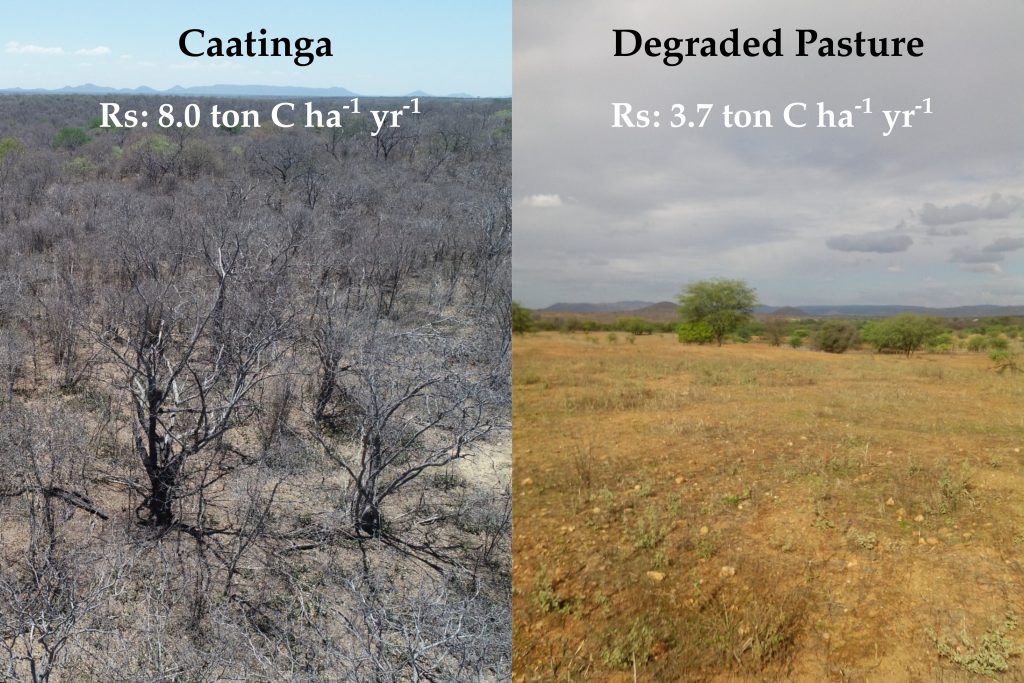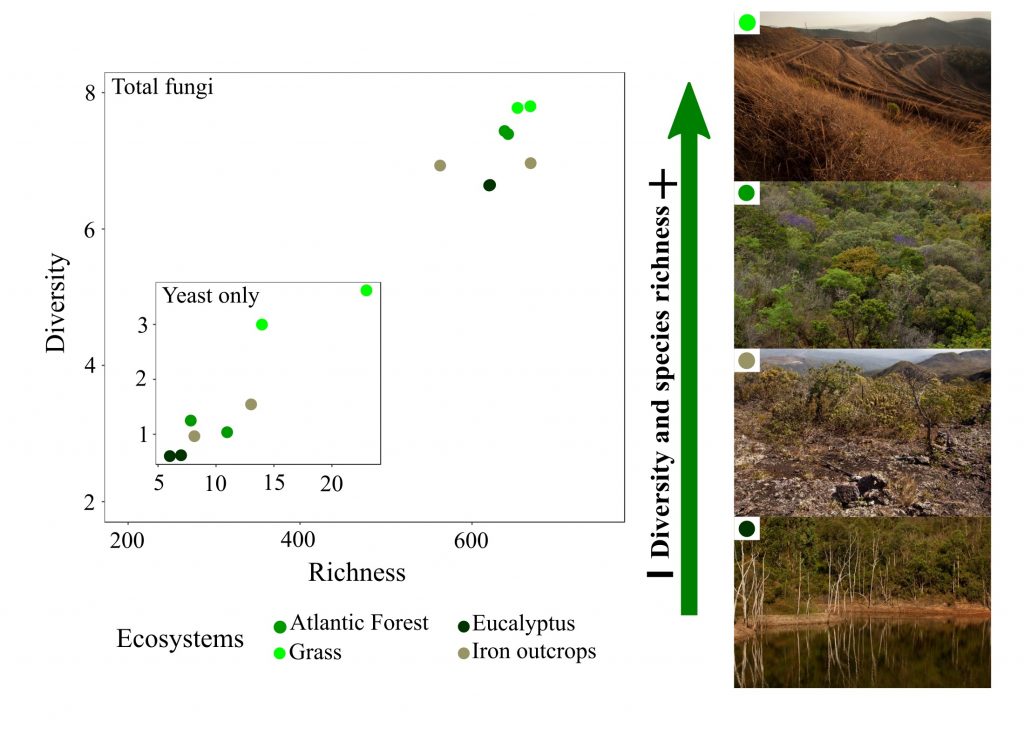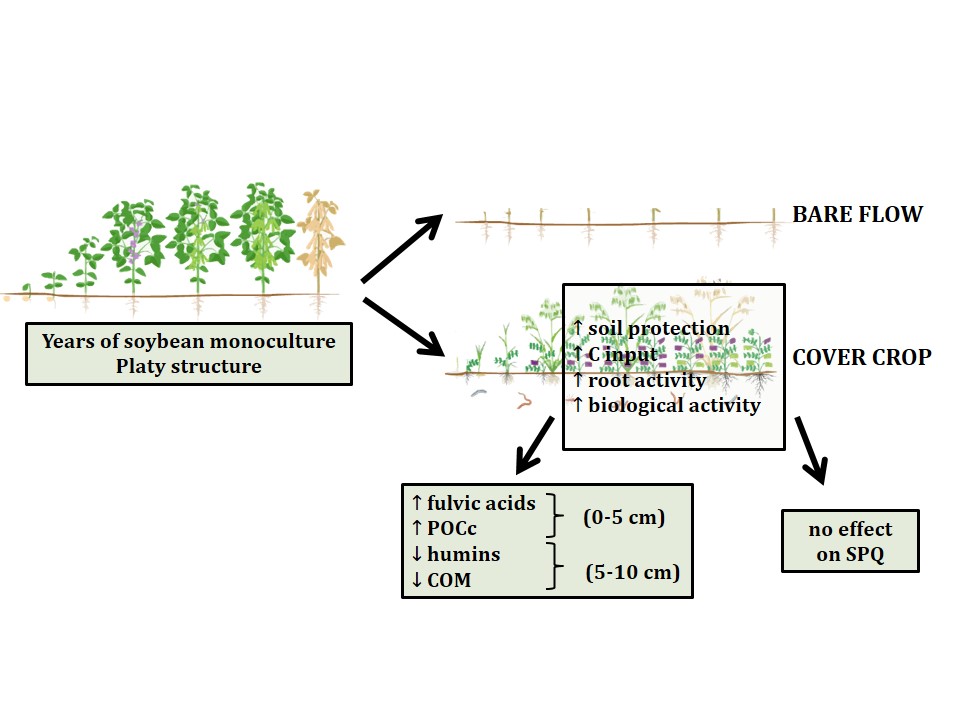Volume 44, 2020
Impacts of land-use changes on soil respiration in the semi-arid region of Brazil
27/Nov/2020
ABSTRACT Soil respiration represents the largest flux of CO2 emission from terrestrial ecosystems, being affected by land-use changes and soil properties. There are few studies investigating the response of soil respiration to land-use changes in the Caatinga biome. This study aimed to measure soil respiration from Caatinga vegetation and degraded pasture, to verify the effect of land-use changes on soil respiration. Measurements of soil respiration were performed using the infrared gas analyzer method over nine months (in rainy and dry […]
Total fungi and yeast distribution in soils over native and modified vegetation in central Brazil
25/Nov/2020
ABSTRACT Fungi are ubiquitous components of soil microbial communities, generally comprise the largest proportion of soil biomass. They can occur as filamentous forms or unicellular yeasts, in both, as free-living or symbionts. Next generation sequencing has allowed greater depth of the access to soil fungal diversity complementing culture-dependent results. In Brazil, the state of Minas Gerais is recognized for its mining activity, which modifies the vegetation cover and consequently the soil microbial communities. To describe the fungal community (total fungi […]
Winter cover crops effects on soil organic carbon and soil physical quality in a Typical Argiudoll under continuous soybean cropping
27/Nov/2020
ABSTRACT The massive adoption of no-tillage (NT), along with the simplification of the cropping sequences has led to physical and chemical degradation of soils. To recover degraded soils, cover crops have been proposed as an alternative to increase soil organic carbon (SOC) and to improve soil physical quality (SPQ). This study aimed (i) to determine the content of SOC and its physical and chemical fractions at different layers and positions, in a soil with a soybean crop under NT with […]



